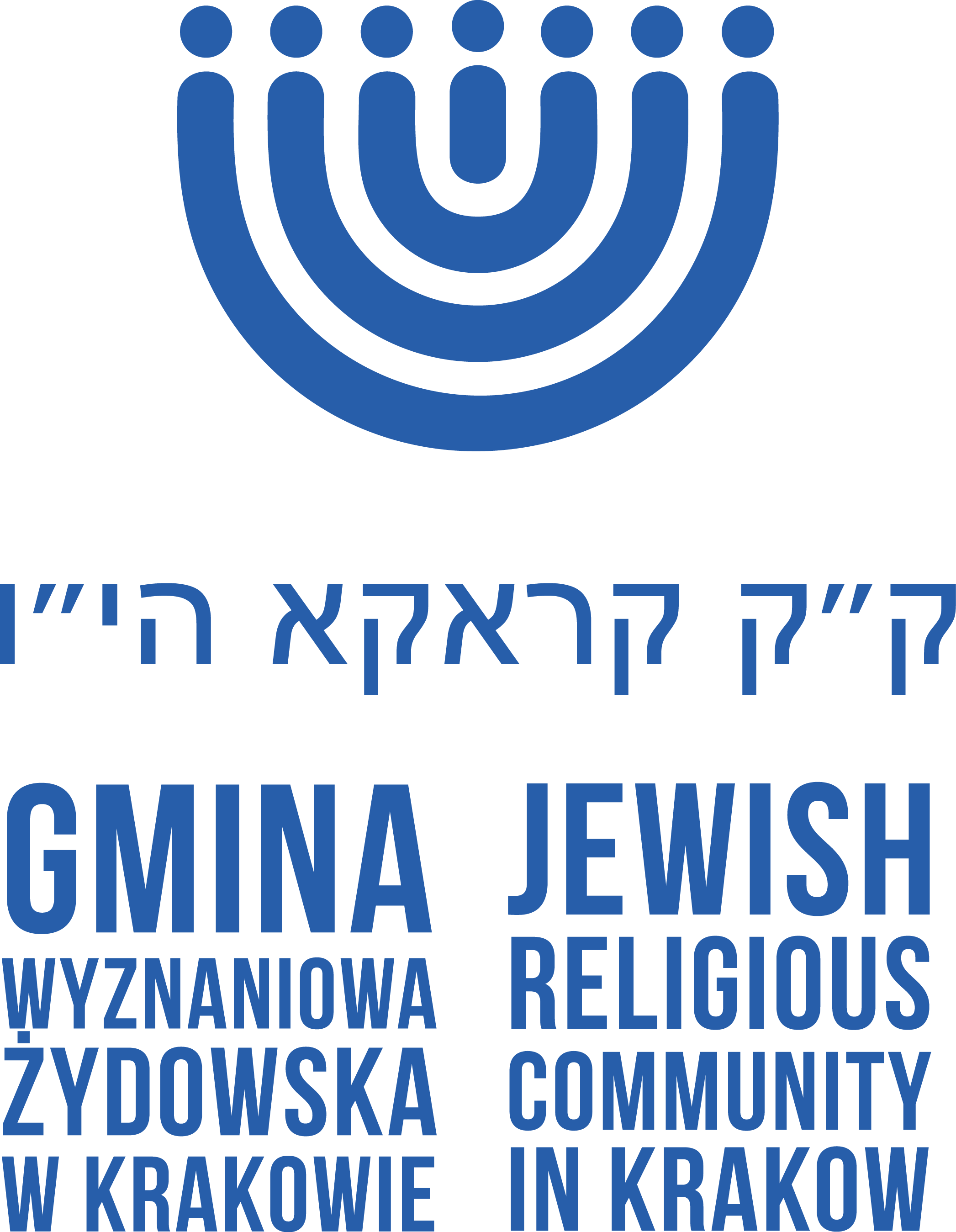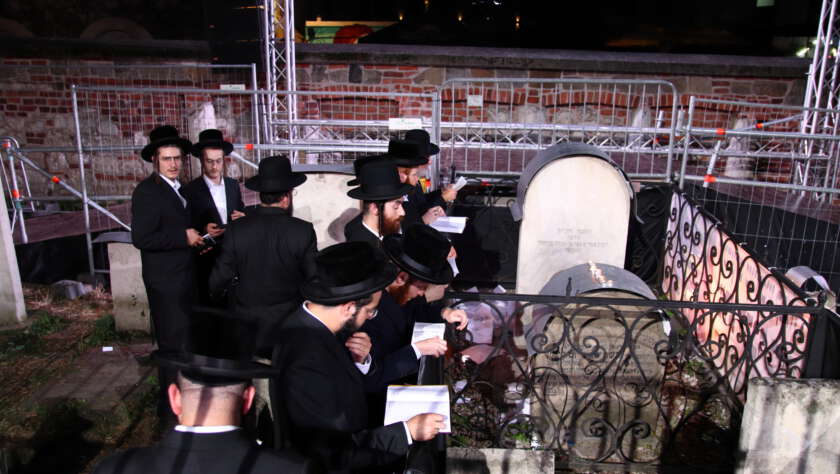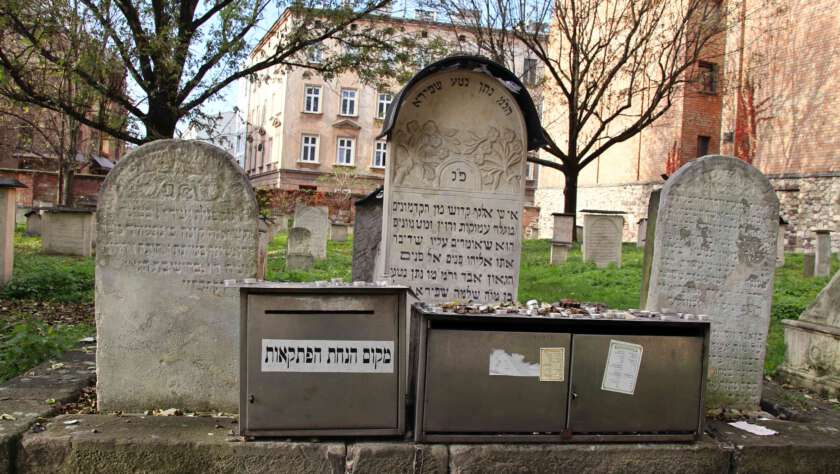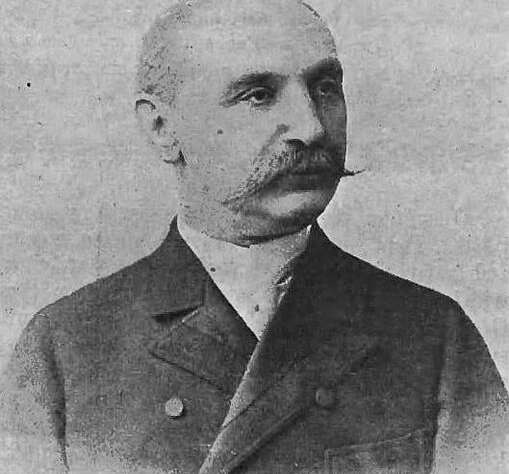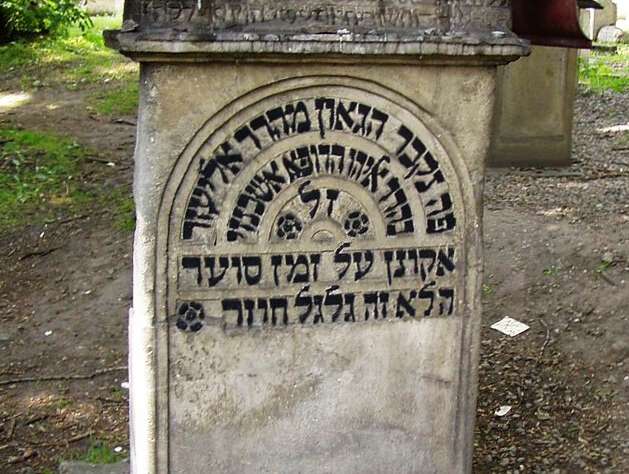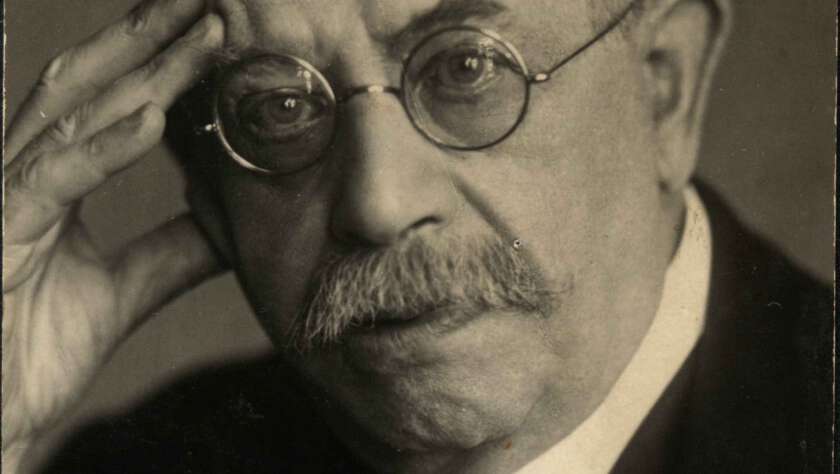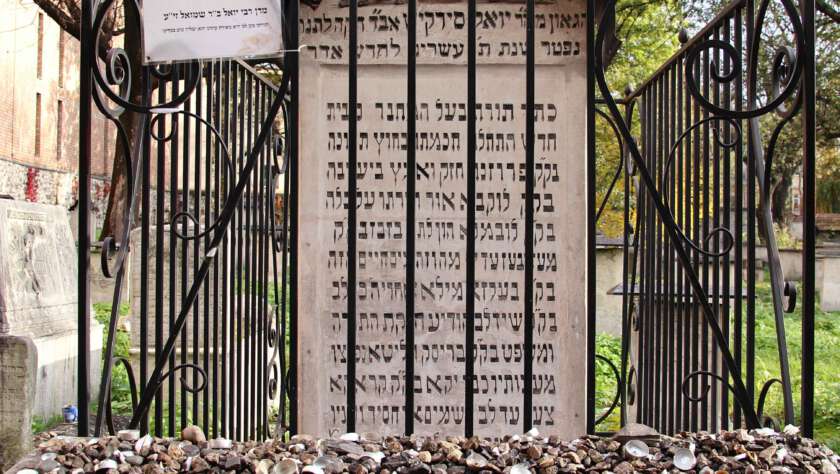Born on 1st November 1889 in Krakow, Józef Lustgarten, son of Wilhelm, was a footballer, sports official, coach of the national team, international referee as well as a lawyer. A IIIrd Jan Sobieski Gymnasium graduate who studied law in Krakow and Vienna where he completed a judicial apprenticeship and successfuly passed a certified referee exam in 1913. During WWI, Lustgarten fought for the 1st Legion Brigade. In 1919, he obtained his PhD title and started his career as a clerk and a solicitor. After the end of WWI, Lustgarten made huge efforts to revive two local footbal clubs, greatly weakened by WWI , namely Cracovia and Wisła. His professional articles published in Przegląd Sportowy covering the topic of umpiring constituted a must-read for all aspiring would-be referees. Apart from dealing with the…
On Saturday morningIsrael was brutally attacked by the terrorist organisation Hamas. Once more Jewish blood has been spilled. We are deeply struck by this situation, even more as many of our closest live in Israel and serve in the armed forces. We thank everyone for the incoming expressions of solidarity. We see them as a sign of brotherly support for Israel in this hour of need. We offer our deepest condolences to the families of those who were murdered. We wait for the release of women, children and the elderly from the imprisonment by Hamas. We also firmly condemn the terrorist act that took place in the State of Israel. The Council of the Jewish Religious Community in Kraków
Rabbi Gershon Shaul Yom-Tov Lipmann ben Nathan ha-Levi Heller’s yahrzeit began last evening at the Remuh cemetery. Heller (1579-1654) was an exceptional Talmudist and the author of religious literature and numerous works in the fields of kabbalah, philosophy, maths and astronomy. He was born in Wallerstein and according to Majer Bałaban, Lipmann was a far cry from regular Polish Jews. He was balanced, versatile and was not keen on pilpul. Before coming to Krakow, Lipmann Heller was a rabbi in the Czech Republic (Mikulov, Moravia), Austria (Vienna) and Poland (Niemirowo and Włodzimierz Wołyński). For 28 years he held the position of a dayan in Prague. During the Thirty Years’ War, he faced the difficult decision to establish the contribution that particular members of the Prague Community were to pay. As…
Born in 1583 (his exact date of birth is unknown), Natan Spira, an outstanding Kabbalist, preacher, expert in Talmudic and philosophical literature, chairman of the rabbinical court in Krakow, died on 20th July 1633. Interestingly, Spira was the son-in-law of a member of the Kraków kehilla, Mojżesz Jakubowicz, who provided him with support and resources to let him continue his studies. Natan Spira was considered a saint by his contemporaries. He preached that the dispersion of the Jewish nation (diaspora) and the transmigration of souls (gilgul neshamot), through successive incarnations, were the punishment for the contamination of Israel with sin. He dedicated all his fortune to charity and science.Acording to Henry Halkowski, starting from 1617, Spira was the rector of the Krakow yeshiva, where he taught Torah,…
Born on 15th July 1840 in Tarnow, Arnold Chaim de Porada Rapaport, son of Dawid and Karolina, née Herz, was a councilor of the city of Krakow (1872-1881), member of the National Parliament (1876-1907) and the Council of State (1879-1907), president of the Society for the Care of Neglected Jewish Boys in Krakow, founder of a craft school for the Jewish youth in Krakow, chairman of the Aid Committee for the Poor Jewish Population in Galicia. Founding member of the Polish Gymnastic Society “Sokół” in Krakow. Lawyer, industrialist, financier and philanthropist.A graduate of St. Anna’s gymnasium in Krakow (1858) and the Faculty of Law at the Jagiellonian University (1862). He defended his doctorate thesis in 1863. From 1870, he worked as a lawyer in Krakow and Vienna.…
Today we remember Eliezer Askenazy, son of Eliasz, a dotor and rabbi of Krakow between 1584-1585.Most likely born in Venice (although according to other sources he was born somewhere in the Ottoman Empire), he studied in Thessaloniki, at the Yeshiva of rabbi J. Taiłacak. At the age of 26, he became a rabbi in Cairo. During this period, several people asked his opinion, including rabbi J. Karo of Safed (Cfatu), who was developing his codes of Talmudic law, rabbi Moses Alshich, the famous commentator, rabbi M. Isserles (ReMU) from Krakow and S. Luria (Maharshal) from Lublin. After 22 years, in circumstances which remain unknown ,he left Cairo, while in 1561, took the position of rabbi in Famagusta, Cyprus. Over there, he was visited by Eliahu of Pesaro,…
Born on 2nd July 1864 in Drohobych, Leon Sternbach, son of Jozef , was a professor of Classical Philology at the Jagiellonian University, Byzantineist, member of the Polish Academy of Arts and Sciences.A Drohobych gymnasium graduate, who later studied at the universities in Leipzig and Dresden (1882-1883) and in Vienna (1883-1885), where he obtained his doctorate. He obtained his habilitation and doctorate at the University of Lviv in 1889. However, for all his life, Leon Sternbach remained professionally and scientifically associated with the Jagiellonian University. He received the title of associate professor in 1892, and full professor in 1897. He retired in 1935 having received the title of honorary professor. In the academic year 1904/1905 he was the dean of the Faculty of Philosophy. In 1893, Leon…
On 19th and 20th June 2023, Krakow held yorcayt on 200th death anniversary of rabbi Kalman Kalonimos Epstein, also known as Maor wa Shemesh. Kalman Kalonimos Epstein (1754-1823) was a Hasidic leader, also called Maor wa-Szemesz thanks to his work. He was a student of notable tzaddik: Elimelech of Leżajsk and Jakub Izaak ha-Choze (Widzący) of Lublin. In 1785, Maor wa Shemesh organised the first Hasid group in Krakow which was met with the official Jewish Community backlash. He was cursed twice by the Rabbi of Krakow and his rabbinical court. His main work, Maor wa-Szemesz (From the light and the sun) is one of the basic Hasidic books. Written as a commentary of the Pentateuch, it includes the description of life and the activity of several…
Born in Nowy Sącz on 31st May 1897, Zofia Ameisenowa, daughter of Maurycy and Jadwiga, née Jachet, was a professor of History of Art at the Jagiellonian University in Krakow and a custodian of the Jagiellonian Library. In 1915, she began studying at the Faculty of Philosophy of the Jagiellonian University where she studied History of Art and Archaeology. After graduation, she started working at the Jagiellonian Library, dealing with graphic collections and the problems of Jewish iconography of the Old Testament. At that time, she was already one of the leading researchers of the history of the Middle Ages. After the war broke out, she left for Lviv, followed by Łuck and Kosow where she ended up in the ghetto. Together with her husband, she managed…
Today we remember Joel Sirkes, known as BaCH, son of Samuel Jaffe (SEGAL), who lived between 1564-1640, the rabbi of Krakow (1618-1640). Joel Sirkes was an outstanding Talmudist, an expert on halacha, a rabbi of the Jewish community in Kraków’s Kazimierz and rector of the Krakow yeshiva. Sirkes was known as Bach, a nickname which derived from the acronym formed from the title of his most famous work, Beit-Hadash (Krakow, 1639), which is a commentary on Jacob ben Asher’s code of Talmudic law, Arba Turim. As a student and then a rabbi, he was associated with many cities of the Republic of Poland, such as: Poznań, Brześć, Prużany, Łuków, Luboml, Międzyboże, Bełz, Szydłów, Brześć Litewski, only to finally settle down in Krakow. He participated in conventions of…
